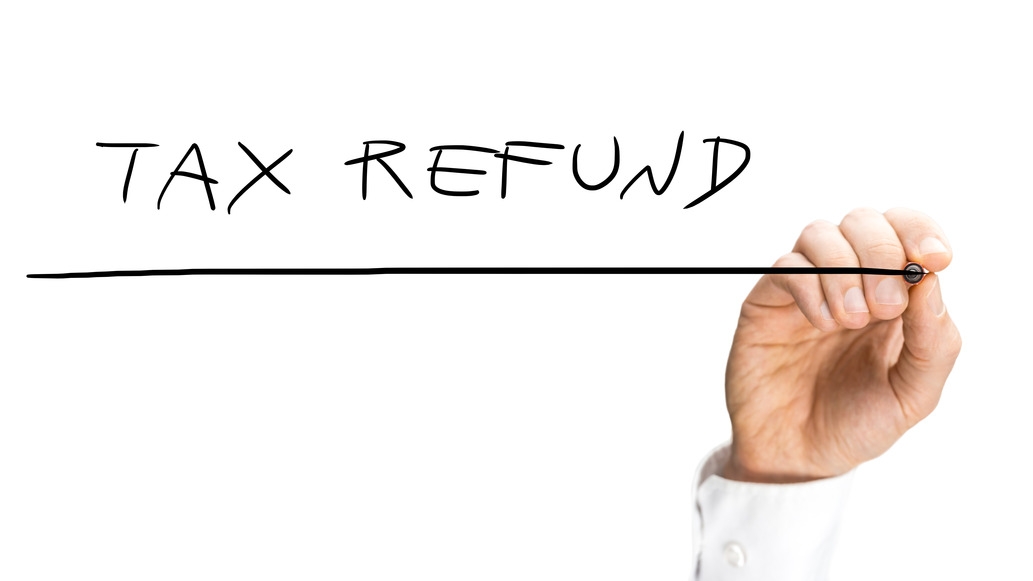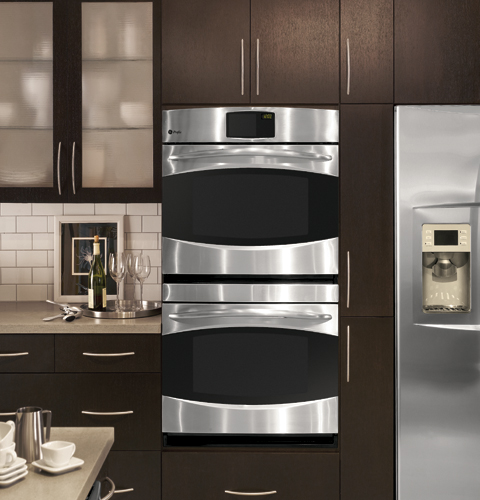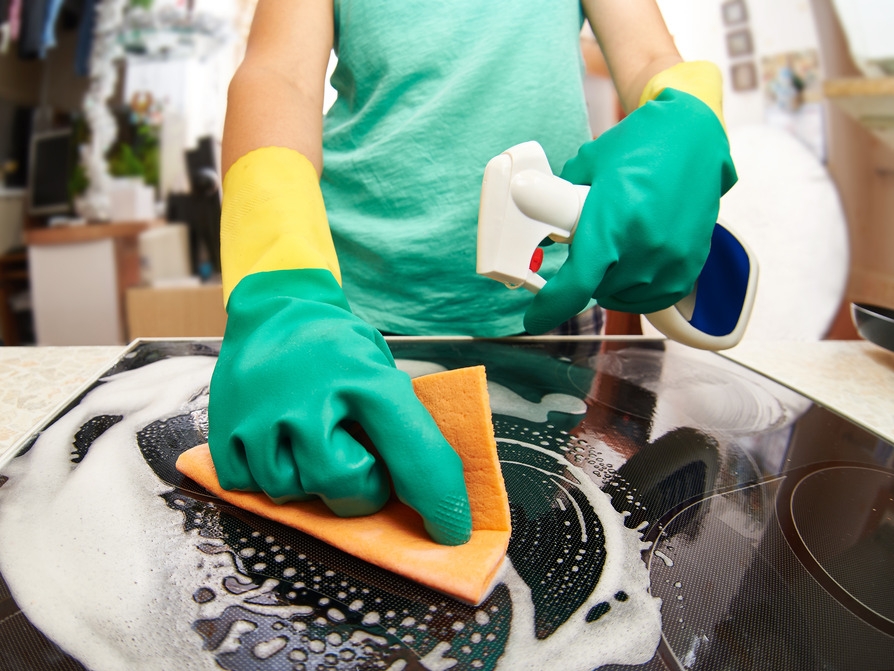The average tax refund fluctuates, but in recent years it’s come in around $2,700. That’s a nice chunk of change to receive from the IRS. Not everyone is so lucky, of course, but even if you only get back $500, there are many great ways to spend your tax refund on your home.
Why invest your tax refund in your home instead of, say, a tropical vacation? Because your home is probably your biggest investment, so it pays to take care of it — literally. Even relatively small investments such as energy audits or low-flow showerheads can yield surprisingly big returns. Consider these five projects under $500.
1. Go with the low flow
If you’re tired of watching money go down the drain, invest in the latest low-flow showerheads. Old showerheads (pre-1992) can pump out 5 gallons of water per minute. Newer showerheads, while more efficient, still use 2.5 gallons per minute. But the latest low-flow showerheads use up to 50% less water than even the newer showerheads, yet technological innovations make it seem as if you’re bathing under the same amount of water.
The latest low-flow showerheads run between $50 and $200 apiece, but the payback can be quick. Swapping out old showerheads can reduce your home’s water-heating costs by about $150 a year. If your showerheads are already updated, but you’re still looking for ways to save on water, install a low-flow toilet. One of these efficient flushers can shave $90 off your annual water bill.
2. When it rains, it pours
Homeowners insurance is critical, but it’s not comprehensive. Most policies offer limited liability protection that could prove inadequate if someone gets hurt on your property and you get sued. Umbrella insurance offers liability protection beyond the limits of your homeowners policy. An extra $1 million in umbrella liability coverage, which extends to your cars, too, typically costs about $300.
If your liability insurance is sufficient, then consider flood insurance instead. Floods can affect homes in all 50 states, yet fewer than 1 in 5 home owners have flood insurance. Typical home owners policies exclude floods. The average flood policy costs $650, according to the National Flood Insurance Program; the average flood claim totals more than $42,000.
3. A model of energy efficiency
A typical homeowner spends an extra $350 a year on heating and cooling due to air leaks. Gaps, even small ones, around doors, windows, and recessed lights waste energy and raise utility bills. You can conduct your own energy audit and try to seal air leaks yourself, but the result will vary wildly depending on your DIY skills.
A better option might be a professional energy audit, which can cost between $400 and $600 for a full diagnostic inspection. Expect the use of sophisticated equipment like thermal or infrared scanners, blower door testers, and smoke puffers that can pinpoint energy leaks. A visual-only inspection by a pro costs less — about $150 — but the findings won’t be as accurate.
4. Lightning only needs to strike once
A power surge, whether caused by a lightning strike or some other fluctuation in your supply of electricity, can wreak havoc on home electronics. Thousands of dollars’ worth of computers, appliances, and entertainment equipment can get fried in the blink of an eye. If you’re lucky, perhaps some of your electronics are plugged in to surge protector power strips. Most probably aren’t.
Although homeowners insurance offers peace of mind that your possessions will get replaced, a smart way to prevent damage in the first place — and avoid the hassle of filing claims and paying deductibles — is investing in a whole-house surge protector. For about $300, an electrician can install the device at your breaker box. It only takes an hour or two. Keep surge protector power strips in place for an added layer of safety.
5. Roll out the rain barrel
Why pay for water when nature supplies it free of charge? The typical homeowner spends about $150 annually on water used outdoors. Meanwhile, an inch of rain dumped on the roof of a 2,000-square-foot house produces 500 gallons of runoff. It makes sense to harvest that rainwater to nourish plants and rinse off patio furniture. Enter the rain barrel.
A rain barrel is much like it sounds: A large container hooked into a downspout that stores rainwater for later outdoor use. A basic commercial rain barrel can cost as little as $50; a more sophisticated system with multiple barrels, pumps, and spigots can run as much as $600. The U.S. Environmental Protection Agency estimates that a rain barrel can save 1,300 gallons of water during peak summer months.





